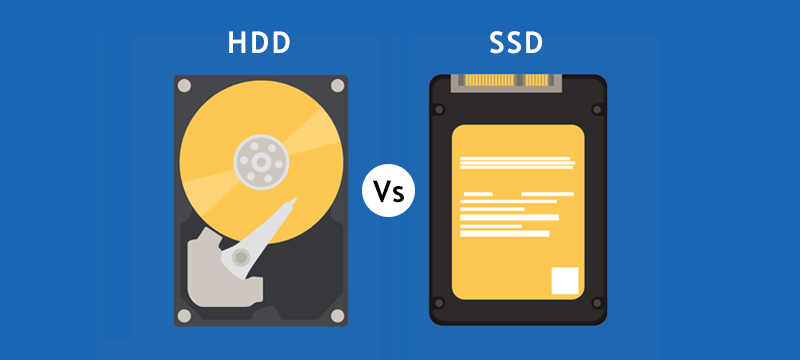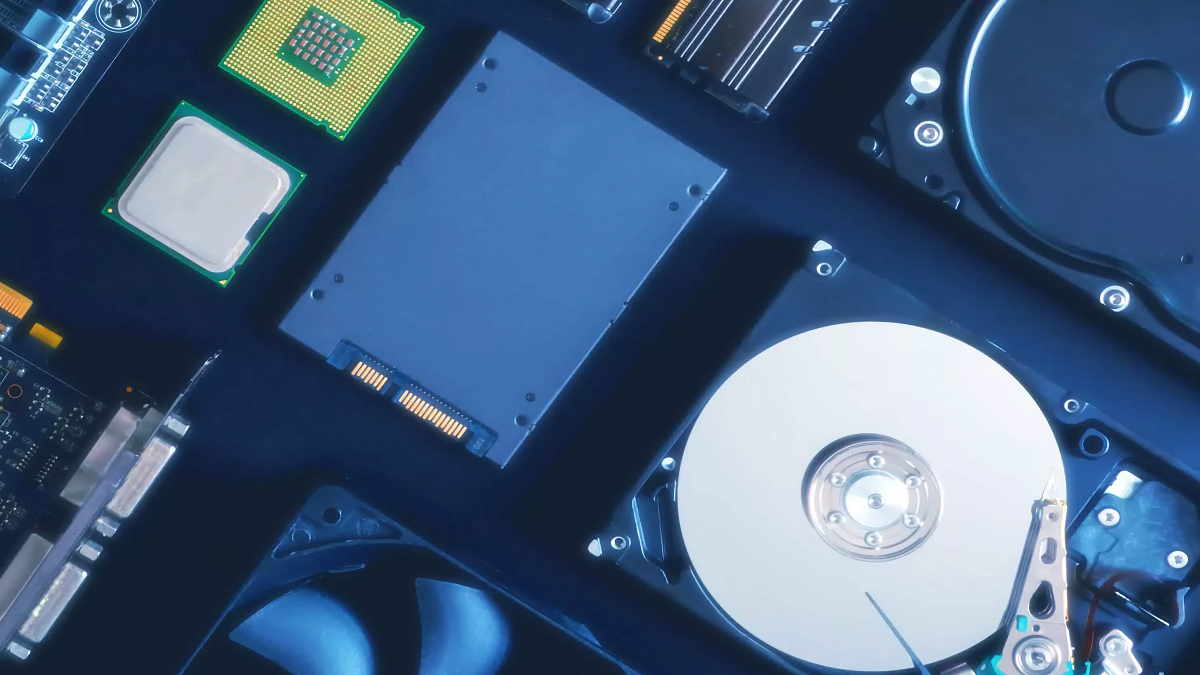There’s so much to appreciate about solid state drives (SSDs), isn’t there? They outpace traditional hard disk drives (HDDs), are more compact, lack any moving components, consume less power, and endure shocks and vibrations better than magnetic platter disks. Moreover, their capacities are growing larger while their costs are shrinking.
In this article, we’ll delve into the topic of SSD reliability. We’ll explore the following areas in detail:
SSD technology.
SSD storage memory.
Factors impacting reliability.
Indicators of SSD failure.
So, how dependable are SSDs? Let’s dive in and find out.
Prioritize Backup Solutions
Naturally, as a company that specializes in data storage and backup solutions, our stance is clear. Irrespective of the storage medium you employ, it’s essential to maintain a backup copy of your data. Even if your disk is dependable and in optimal condition, it becomes useless if your computer is stolen, damaged by water, or lost due to a fire or natural calamity. We advocate adopting a 3-2-1 backup strategy to ensure your data’s safety.
SSD Technology
The majority of modern SSDs utilize NAND flash memory. Unlike many tech terms, NAND isn’t an abbreviation; instead, it’s derived from its logic gate known as “NOT AND.” (For those intrigued, a NAND gate is a logic gate that outputs “false” only when all its inputs are “true.”)
Flash, the term following NAND, refers to non-volatile solid-state memory that retains data even when power is disconnected. NAND storage has specific characteristics influencing its lifespan. When data (a “1” or “0”) is written to a NAND cell (referred to as programming), the data must be erased before new data can be written to the same cell. This process involves sending electrons through an insulator and back, causing the insulator to wear. Eventually, the insulator degrades, potentially leading to difficulties in maintaining electrons’ correct programmed location. This makes it increasingly challenging to ascertain the electrons’ proper position and the accurate value (either “1” or “0”) of the cell.

Consequently, flash memory cells can be reliably programmed and erased only a certain number of times. This figure is measured in programmed/erase cycles, commonly known as P/E cycles.
P/E cycles are a pivotal metric for SSD reliability, although other factors like TBW (terabytes written) and MTBF (mean time between failures) also hold significance. Here are definitions to help clarify:
Programmed/Erase Cycles (P/E Cycles): This sequence involves writing data to a solid-state NAND flash memory cell, erasing it, and then rewriting it. The endurance of an SSD varies based on the technology used, typically ranging between 500 and 100,000 P/E cycles.
250GB model: 150TBW
500GB model: 300TBW
1TB model: 600TBW
2TB model: 1,200TBW
4TB model: 2,400TBW
All these models come with warranties of either five years or reaching the TBW limit, whichever comes first.
Mean Time Between Failures (MTBF): MTBF gauges a hardware product’s reliability over its anticipated lifespan. For most components, this value is often in thousands or tens of thousands of hours between failures. For instance, while an HDD’s MTBF might be 300,000 hours, an SSD could have 1.5 million hours.
These specifications, provided by SSD manufacturers, help you estimate your drive’s longevity and suitability for your usage scenario. However, be cautious when interpreting these numbers, as they reflect the failure rate of a model based on a sample set. A 1.2 million-hour MTBF implies that if the drive is used an average of 8 hours daily, a sample of 1,000 SSDs might experience one failure every 150 days, or approximately twice a year.
SSD Storage Memory
An SSD incorporates storage memory, also known as NAND flash, to store data. Presently, five distinct NAND cell technologies are in use:
SLC (Single Level Cell): One Bit Per Cell: This initial storage type assigns one bit to each cell, ensuring fast access and minimal wear. However, it’s costly in terms of space due to the physical size of the SSD form factor.
MLC (Multi-Level Cell): Two Bits Per Cell: MLC stores two bits in each cell, doubling storage capacity and reducing costs for a given form factor. Nevertheless, distinguishing between the two bits in a cell makes it slower.
TLC (Triple Level Cell): Three Bits Per Cell: TLC takes the trend further by accommodating three bits in a cell. This offers a cost advantage and paves the way for caching improvements. However, unassisted read/write speeds approach those of a hard drive.
QLC (Quad Level Cell): Four Bits Per Cell: QLC, the current standard, incorporates four bits per cell. This enhances storage density, reduces costs further, and maintains superior speed through caching enhancements. The drawback is that the drive may wear out sooner, particularly when nearing full capacity.
3D NAND: Unlike prior technologies, 3D NAND stacks cells on top of each other. This improves storage density and speed but raises manufacturing costs and reduces long-term durability.
Apart from the buzz surrounding 3D NAND, identifying the storage technology an SSD employs can be challenging. Generally, SLC and MLC offer higher speed and longevity but are space-constrained, while TLC and QLC are cost-efficient options with potentially slower performance—albeit often imperceptible. Opting for 3D NAND offers benefits, albeit at a higher price point.
Factors Influencing SSD Reliability
Irrespective of the memory technology involved, SSDs lack moving parts found in HDDs, such as actuator arms and spinning platters. This attribute renders SSDs more resistant to accidental drops, shocks, temperature extremes, and magnetic fields than HDDs. Coupled with their compact size and lower energy consumption, this makes transitioning from HDDs to SSDs appealing and potentially worthwhile.
Nonetheless, you might wonder if distinct performance and reliability criteria apply based on whether an SSD serves in a home desktop, a data center, or even a Mars exploration vehicle. Manufacturers now often market SSDs for specific workloads, such as write-intensive, read-intensive, or mixed-use.


